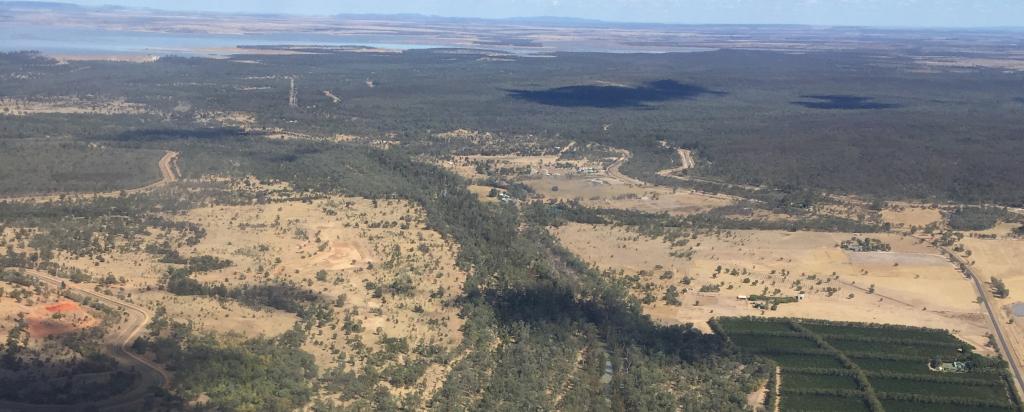
Nutrients added to soil can be dispersed from their intended primary use via losses to the atmosphere, rivers and aquifers. The industry is acutely aware of the need for aspirational claims about the off-farm movement of nutrients to be supported by detailed longitudinal studies.
In a new CRDC study that will run for three years, a multidisciplinary team of scientists from Australian Nuclear Science and Technology Organisation (ANSTO) and UNSW Sydney will look at the irrigation sector’s impact on the nitrogen cycle from its application in the field and subsequent contributions to the atmosphere, surface waterways and aquifers.
Project leader Dr Dioni Cendon from ANSTO said three areas in the Murrumbidgee, Namoi and Nogoa River valleys have been selected for study. The three regions were selected because they cover a diverse range of climatic, hydrogeological and farming practices in eastern Australia.
Measurements will be made in each of the catchments for two years. Detailed isotopic monitoring of selected nitrogen species in surface and ground water will quantify nitrogen transfer to waterways and groundwater systems, and enable apportionment between natural and anthropogenic sources.
The concentration of nitrogen measured throughout the landscape will also be compared to the Australian water quality guidelines. “This research will provide evidence that can be used to map the cotton industry’s nitrogen cycle footprint in the selected river catchments,” Dioni said.
“Increased N inputs to waterways can alter their N:P (phosphorus) ratio, resulting in risk of eutrophication and algal blooms, mostly in inland rivers. “Increased catchment runoff can also contribute to lowering water quality in marine environments and possibly contribute to coral decline.
“As government legislation increasingly recognises the connection between surface and ground water systems it will incorporate combined water management plans with properly revised thresholds from catchment nutrient exports.”
Dioni says nutrient surveys in Australia are quite ad hoc and mostly represent base flow conditions (easier to collect) while event-based studies used to estimate soil, nutrients and other constituent load exports are sparse. Most surveys incorporate total nitrogen and/or other constituents but that approach cannot decouple N sources (eg effluent from agriculture).
“Nitrogen-stable isotopes (see figure 1) can distinguish nitrogen derived from agricultural activities from those like septic waste, rainfall and soil, improving classic methods based on total N measurements.
“Despite the powerful insights obtained from nitrate isotopes we cannot differentiate mixed-crop inputs, as most synthetic fertilisers have similar isotopic signatures.
“To better characterise inputs from specific crops we can select regions where cotton has been a dominant crop and compare to results upstream of selected regions.
“Furthermore, incorporating on-farm atmospheric losses closes the N cycle and provides novel data to growers that can be linked to different stages in the crop cycle.”
Read more about the benefits of going nuclear and PhD students at the forefront of the research. The Cotton Research Development Corporation publication Spotlight also highlights how research led by UNSW in collaboration with our environmental researcher Dr Dioni Cendon is determining the age and origin of groundwater and aquifer recharge in the Lower Namoi Region of north-west NSW.
Content reprinted with permission of Cotton Research Development Corporation.